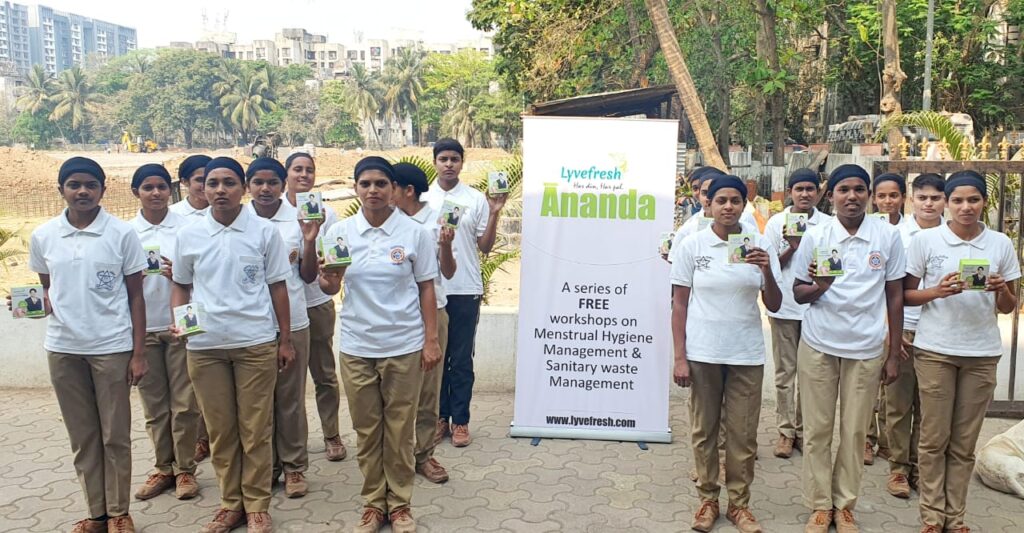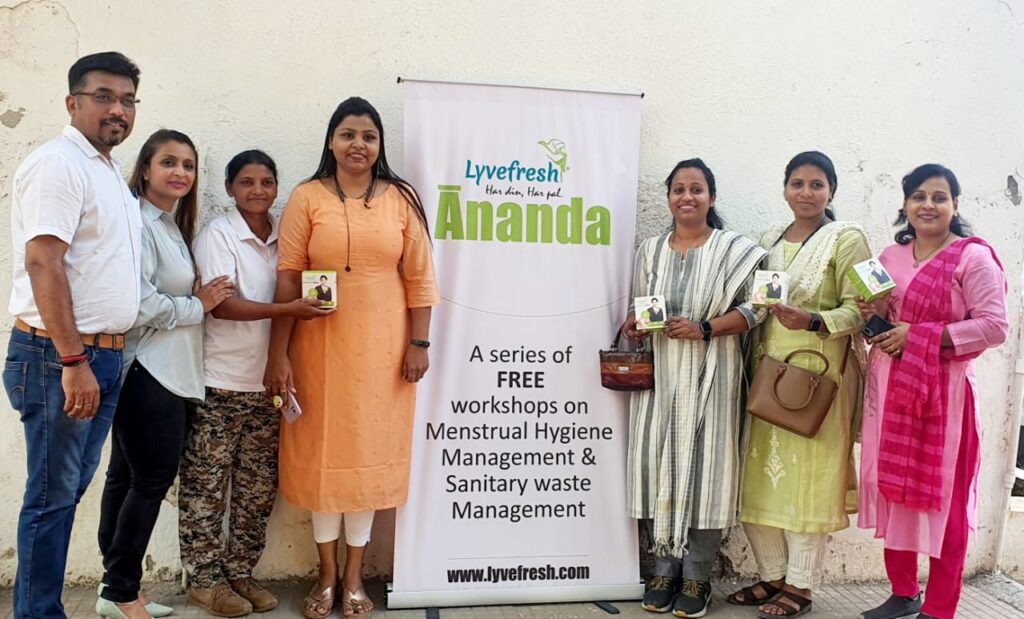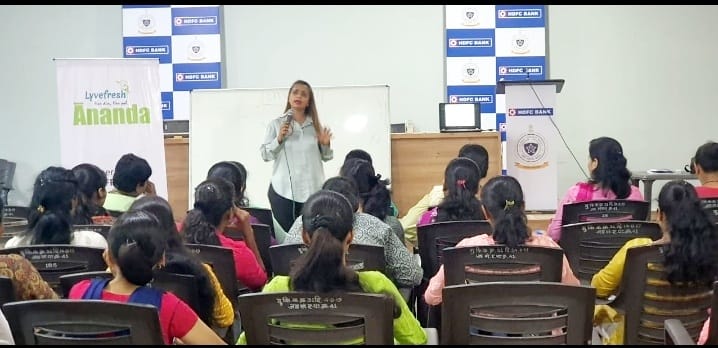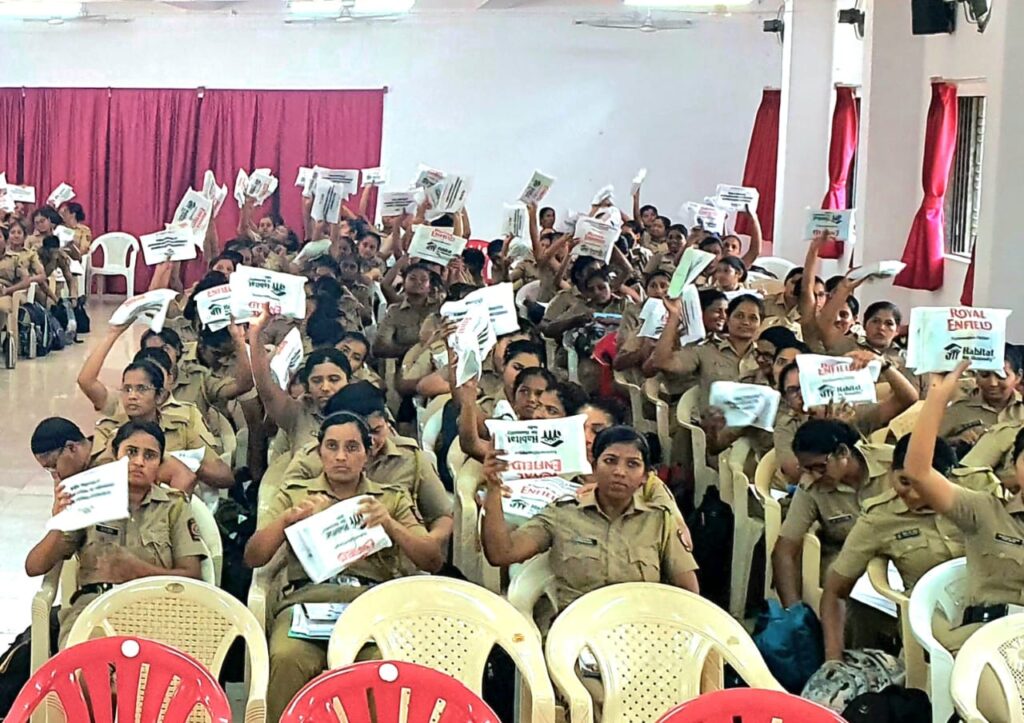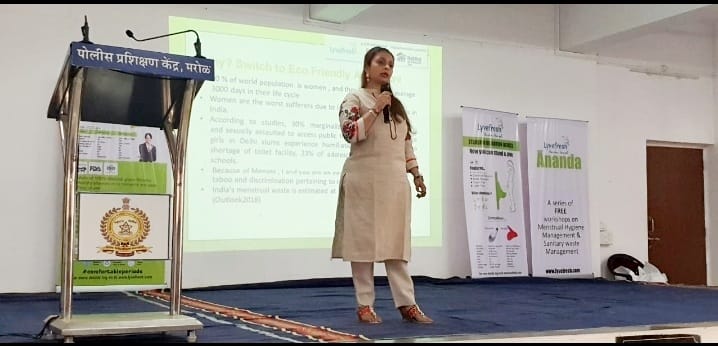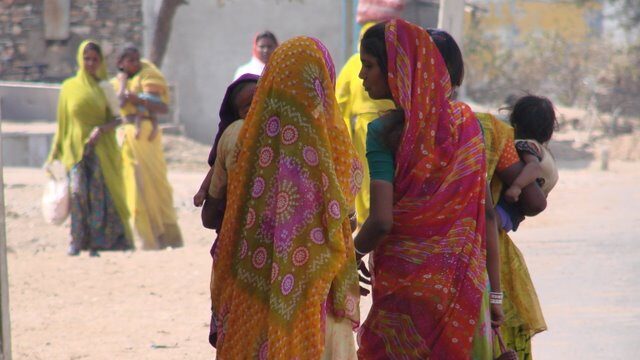
Importance of Menstrual Hygiene
Hygiene-related practices of women during menstruation are of considerable importance, as it may increase vulnerability to Reproductive Tract Infections (RTI’s). Poor menstrual hygiene is one of the major reasons for the high prevalence of RTIs in the country and contributes significantly to female morbidity.
Due to their responsibilities, women who pay less attention to their hygiene can spread a lot of germs. Food poisoning, gastroenteritis, pneumonia, trachoma and skin infections are some of the diseases caused by poor personal hygiene practices. This is why it is essential for women to maintain great personal hygiene.
Some real facts regarding Menstrual Hygiene issues faced by women
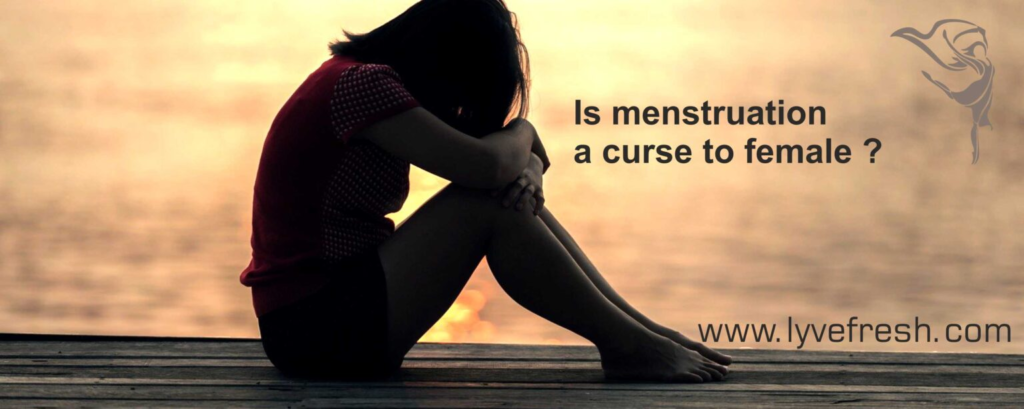
- 50 % of world population is women , and they bleed, on an average 3000 days in their life cycle
- Women are the worst sufferers due to lack of sanitation facilities in India.
- According to studies, 30% marginalized women are physically and sexually assaulted to access public toilet while 70% of teenage girls in Delhi slums experience humiliation every day . Due to shortage of toilet facility, 23% of adolescent girls drop out from schools.
- Because of Menses , I and you are on earth but still there is social taboo and discrimination pertaining to menstruation.
- In India only 12% of 355 million(35,50,00,000) women of menstruating age can afford disposable sanitary napkins. But conservatively, these 42.6 million women will throw 21.3 billion sanitary napkins to landfill in their lives (Hindu new paper-2018)
- India’s menstrual waste is estimated at 1,13,000 tones annually. (Outlook2018)
- National Family Health Survey (NFHS) 2015-16, say 57.6% of Indian women use sanitary napkins
- Plastic used in pads takes about 500 years to decompose. In fact bio degradable options do contain 20 % of toxic plastic and jell content
- There is no specific Goal or Indicator for MHM but Menstruation Matters SDG Goal 3,4,6,8 & 12
- India is committed to cut emissions to net zero by 2070 with global COP26 summit ( Nov 2021)

